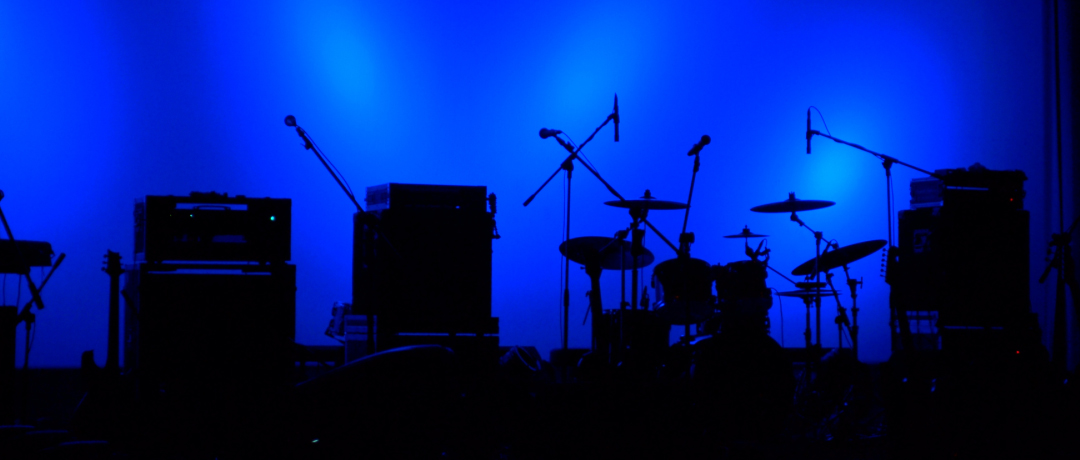Blog | How Often Should a Church Change its Set Design?

How Often Should a Church Change its Set Design?
Lighting and stage design are some of the most visible elements of church service production. When done well, it has the unique ability to elevate the impact of the content you are presenting from the stage, whether it’s a song, a video clip, or a sermon. On the other hand, when done poorly, it has the potential to distract and take away from your overall message.
So, how often should you update the stage design and lighting configuration? The answer to that is a resounding “It depends!”
Know Your Strengths and Limitations
Start by taking stock of your team. You may be on staff at a church that has a full team of worship and production staff, and it may make sense for you to change your stage look and lighting with each sermon series. More likely, you’re on or leading a team that’s made up mostly of volunteers with a unique collection of skill sets and, with that, limitations.
Do you have team members who are passionate and efficient when it comes to planning and implementing new stage looks? If the answer isn’t yes, then you should be thinking about maximizing the impact of your stage lighting and sets while minimizing your man-hour input on a weekly and monthly basis. Every time you change the lighting and stage configuration, you need to reposition lights, re-route DMX addresses, and re-program cues. If you don’t have team members who can manage this regularly, you need to simplify and prioritize what you change and when.
Peel Back the Layers
Think of your stage in three layers. The first is your base lighting layer, which includes things like spotlights and stage washes. If you keep a consistent stage layout, you’ll rarely need to make major changes to this layer. Mark your stage where your band and other presenters regularly stand, and stick with it. If you have enough lights, you can even have a few cues for lighting some of the parts of the stage that are used less regularly. The fewer variables you have on a weekly basis, the more sustainable it is for your team.
Your second layer is your stage background. This could be as simple as designing and printing banners or using these infinitely configurable background pieces. If you have team members who are accomplished carpenters and craftsmen, you could leverage them to build a more robust set and stage pieces. This “layer” should still be generic enough to support any series or event at your church while still bringing a fresh look. Pick 3-4 times per year to change this. I like to make those changes before Fall Kick-Off, Christmas, and Easter, but that’s just an example. Choose a schedule that makes sense for you and your team.
The final layer is for your most thematically focused elements. Perhaps you decorate your stage with poinsettias or Christmas trees at Advent or you use specific props and stage elements for each series. You might choose to add nothing on this layer for months at a time, and that’s totally fine too! As with most things in church production, when in doubt, simplify!
Don’t get bogged down feeling like you need to constantly be changing your stage look, especially if that’s not in the wheelhouse of you or your team. There’s a lot to be said for clean, simple, and consistent aesthetics. If stage and lighting design is your thing then, by all means, dive right in and change it up. But for the rest of us, let’s do the little things in a repeatable and sustainable way that frees us up to focus on the strengths of our team.

About the Author
Emma Tarp is a writer and worship leader based in Minneapolis, MN. On her best days, she's highlighter-deep in a good book or teaching herself to sew. On her other best days, she's helping passionate folks and inspired businesses put words to their work. Find out more at emmatarp.com.
